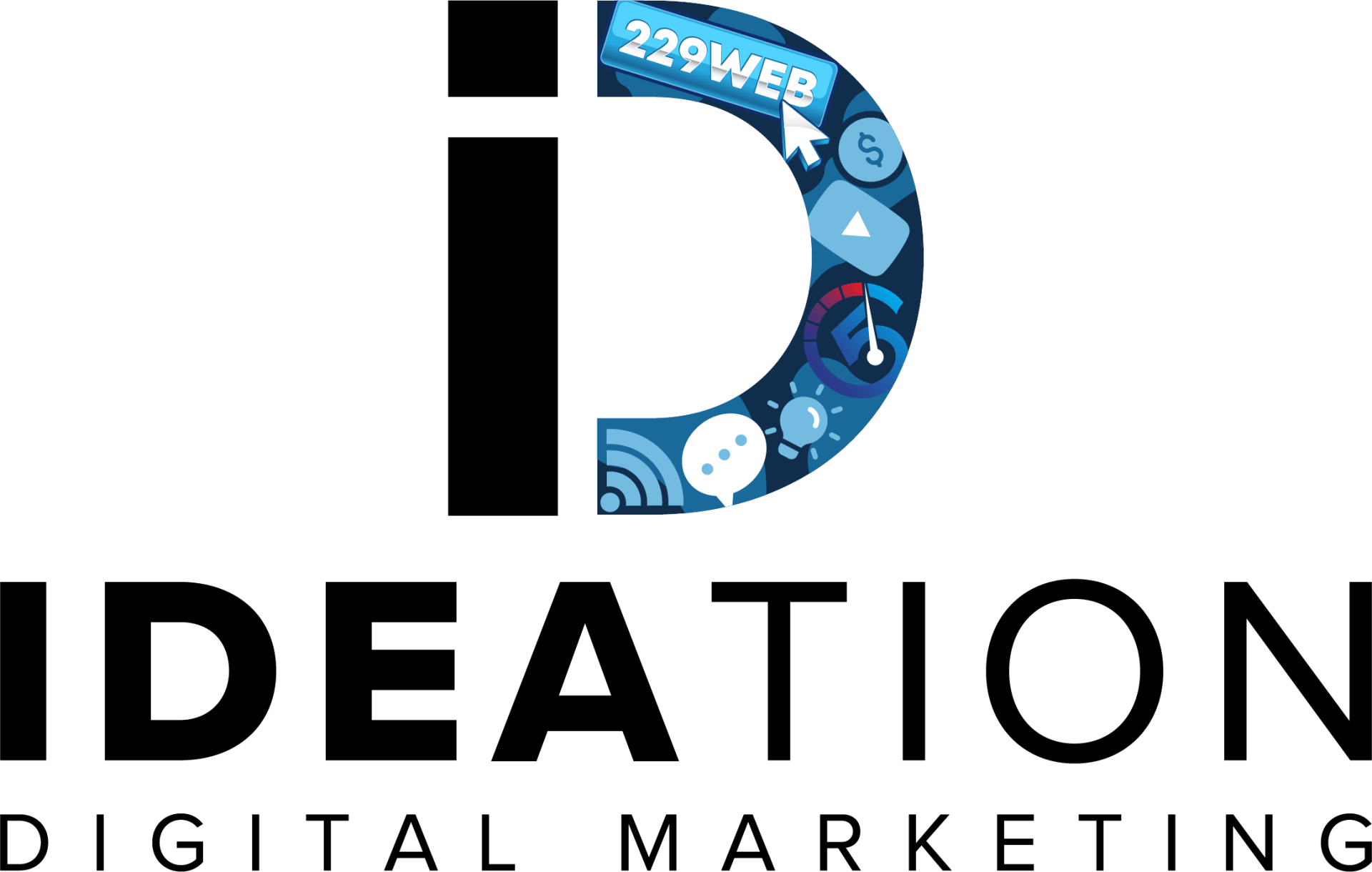222 Capitol Street, Suite 522
Charleston, WV 25301

Crafting Compelling Social Media Campaigns
Crafting compelling social media campaigns is both an art and a science. With billions of active users across various platforms like Facebook, Instagram, Twitter, and LinkedIn, mastering the art of engaging your audience is crucial for businesses and individuals alike. A successful social media campaign goes beyond simply posting updates; it requires strategic planning, creativity, and a deep understanding of your target audience's preferences and behaviors. Effective campaigns begin with clear objectives: whether it's increasing brand awareness, driving website traffic, or boosting sales, each goal demands a tailored approach.
Content is king in this realm, where eye-catching visuals, engaging videos, and captivating copy are essential tools. Moreover, leveraging data analytics to track performance metrics and optimize strategies in real-time is key to staying ahead in the competitive social media landscape. In this blog series, we'll delve into proven techniques and best practices to help you craft and execute social media campaigns that not only resonate but also drive meaningful results for your business or personal brand.
Understanding Your Target Audience
Understanding your target audience is crucial for the success of any business or marketing strategy. By knowing who your customers are, what they need, and how they behave, you can tailor your products, services, and marketing efforts to better meet their demands and expectations. Here are eight key aspects to consider when understanding your target audience:
Demographics
Demographics provide a statistical snapshot of your target audience, including age, gender, income, education level, marital status, and occupation. This data helps you create a profile of who your typical customers are. For example, a high-end luxury brand may target affluent individuals in their 30s and 40s, while a children’s toy company will focus on parents and caregivers of young children. To gather demographic data, you can use surveys, social media analytics, and customer records. By understanding the demographics of your audience, you can create more personalized marketing messages that resonate with specific groups within your customer base.
Psychographics
While demographics tell you who your customers are, psychographics explain why they make certain purchasing decisions. This includes their interests, values, attitudes, lifestyles, and personalities. Psychographic data can provide deeper insights into what motivates your audience and how they perceive your brand. For example, a company selling eco-friendly products might target consumers who value sustainability and environmental conservation. Understanding psychographics allows you to connect with your audience on an emotional level and align your brand values with theirs.
Behavioral Data
Behavioral data focuses on how customers interact with your brand. This includes their purchasing habits, product usage, brand loyalty, and engagement with marketing channels. By analyzing behavioral data, you can identify patterns and trends that indicate how and when customers are most likely to make a purchase. For instance, e-commerce businesses can track website analytics to see which products are viewed most often, what times of day have the highest traffic, and what types of promotions are most effective. This information helps in optimizing marketing strategies and improving customer experiences.
Customer Needs
Understanding the needs of your customers is essential for developing products and services that solve their problems. To identify these needs, engage with your audience through surveys, interviews, and social media interactions. Pay attention to the feedback and complaints to find out what your customers are looking for and what challenges they face. For example, a software company might discover that its users need a mobile app version of their product. By addressing these needs, businesses can create solutions that offer real value, leading to higher customer satisfaction and loyalty.
Buying Journey
The buying journey consists of the stages a customer goes through before making a purchase: awareness, consideration, and decision. Mapping out this journey helps you understand the touchpoints where customers interact with your brand and what information they need at each stage. For example, during the awareness stage, potential customers might look for educational content about a problem they are facing. In the consideration stage, they might compare different solutions. By the decision stage, they need compelling reasons to choose your product over competitors. Tailoring your marketing efforts to each stage of the buying journey ensures that you provide the right information at the right time, guiding customers smoothly towards a purchase.

Monitoring and Analyzing Campaign Performance
Monitoring and analyzing the performance of your marketing campaigns is essential for ensuring their success and optimizing future efforts. By regularly tracking key metrics and understanding the results, you can make data-driven decisions that enhance your marketing strategies. Here are eight crucial steps to effectively monitor and analyze your campaign performance:
Set Clear Objectives
Before launching any campaign, it is vital to establish clear and measurable objectives. These objectives should align with your overall business goals and provide a benchmark against which you can measure the campaign's success. Common objectives include increasing brand awareness, generating leads, driving website traffic, or boosting sales. If your goal is to increase sales, set a specific target such as a 20% increase in sales over the next quarter. Clear objectives provide direction and focus, ensuring that all campaign activities are aligned towards achieving the desired outcomes.
Define Key Performance Indicators (KPIs)
Key Performance Indicators (KPIs) are the specific metrics you use to measure the success of your campaign. KPIs should be directly related to your campaign objectives and provide quantifiable data. Common KPIs include click-through rates (CTR), conversion rates, engagement rates, and customer acquisition costs. If your objective is to increase website traffic, relevant KPIs might include the number of unique visitors, page views, and average session duration. Defining the right KPIs helps you track progress and identify areas that need improvement.
Use Analytics Tools
Utilizing analytics tools is essential for monitoring campaign performance effectively. Tools like Google Analytics, Facebook Insights, and HubSpot provide comprehensive data on various aspects of your campaigns, such as traffic sources, user behavior, and engagement metrics. Google Analytics, for example, can track how users interact with your website, the effectiveness of different traffic sources, and conversion rates. By leveraging these tools, you can gain detailed insights into your campaign performance and make informed decisions.
Track Campaign Metrics
Regularly tracking your campaign metrics allows you to monitor progress and identify trends over time. Important metrics to track include impressions, clicks, conversions, bounce rates, and engagement rates. These metrics provide a clear picture of how well your campaign is performing and whether it is meeting your objectives.
For instance, tracking the number of clicks and conversions can help you understand the effectiveness of your call-to-action (CTA) and landing pages. By keeping a close eye on these metrics, you can quickly identify any issues and make necessary adjustments.
Analyze Conversion Rates
Conversion rates are one of the most critical metrics to analyze, as they indicate the percentage of visitors who take the desired action, such as making a purchase or filling out a form. By analyzing conversion rates, you can determine the effectiveness of your campaign in driving desired outcomes. If your conversion rate is low, it may indicate issues with your landing page, CTA, or overall user experience. Analyzing conversion rates allows you to identify and address these issues, ultimately improving the performance of your campaign.
Setting Clear and Measurable Goals
Setting clear and measurable goals is essential for guiding your business or personal projects towards success. Well-defined goals provide direction, facilitate planning, and enable you to track progress effectively. Here are the key points to consider:
- Specificity: Clearly define what you want to achieve. Specific goals eliminate ambiguity and provide a clear focus.
- Measurability: Ensure that your goals can be quantified. This allows you to track progress and determine when the goal has been achieved.
- Achievability: Set realistic goals that are attainable given your resources and constraints. Unrealistic goals can lead to frustration and demotivation.
- Relevance: Goals should align with your broader objectives and mission. This ensures that your efforts contribute to your long-term success.
Conclusion
Crafting compelling social media campaigns is both an art and a science that requires careful planning, creativity, and strategic execution. At Ideation Digital Marketing, based in Charleston, WV, we understand the crucial elements that make a social media campaign successful. From defining clear objectives to engaging with the right audience through captivating content and leveraging data-driven insights, we ensure that each campaign resonates effectively with your target demographic.
Whether you're looking to boost brand awareness, drive website traffic, or increase sales conversions, our team at Ideation Digital Marketing is dedicated to delivering results. We combine innovative strategies with meticulous attention to detail to create campaigns that not only meet but exceed your expectations. Contact us today at (304) 814-2445 to discuss how we can collaborate and elevate your brand's presence through compelling social media campaigns tailored to your unique goals and audience. Let’s embark on this journey together towards digital marketing success!

Main Office
222 Capitol Street, Suite 522
Charleston, WV 25301
other offices
48 1/2 Second Ave, Williamson, WV 25661
20 Clinch Mountain Ave, Lebanon, VA 24266,
Contact
DIGITAL MARKETING SERVICES
All Rights Reserved | Ideation Digital
Private Policy
All Rights Reserved | Ideation Digital












